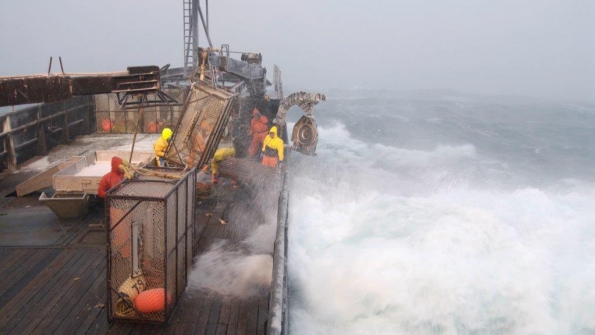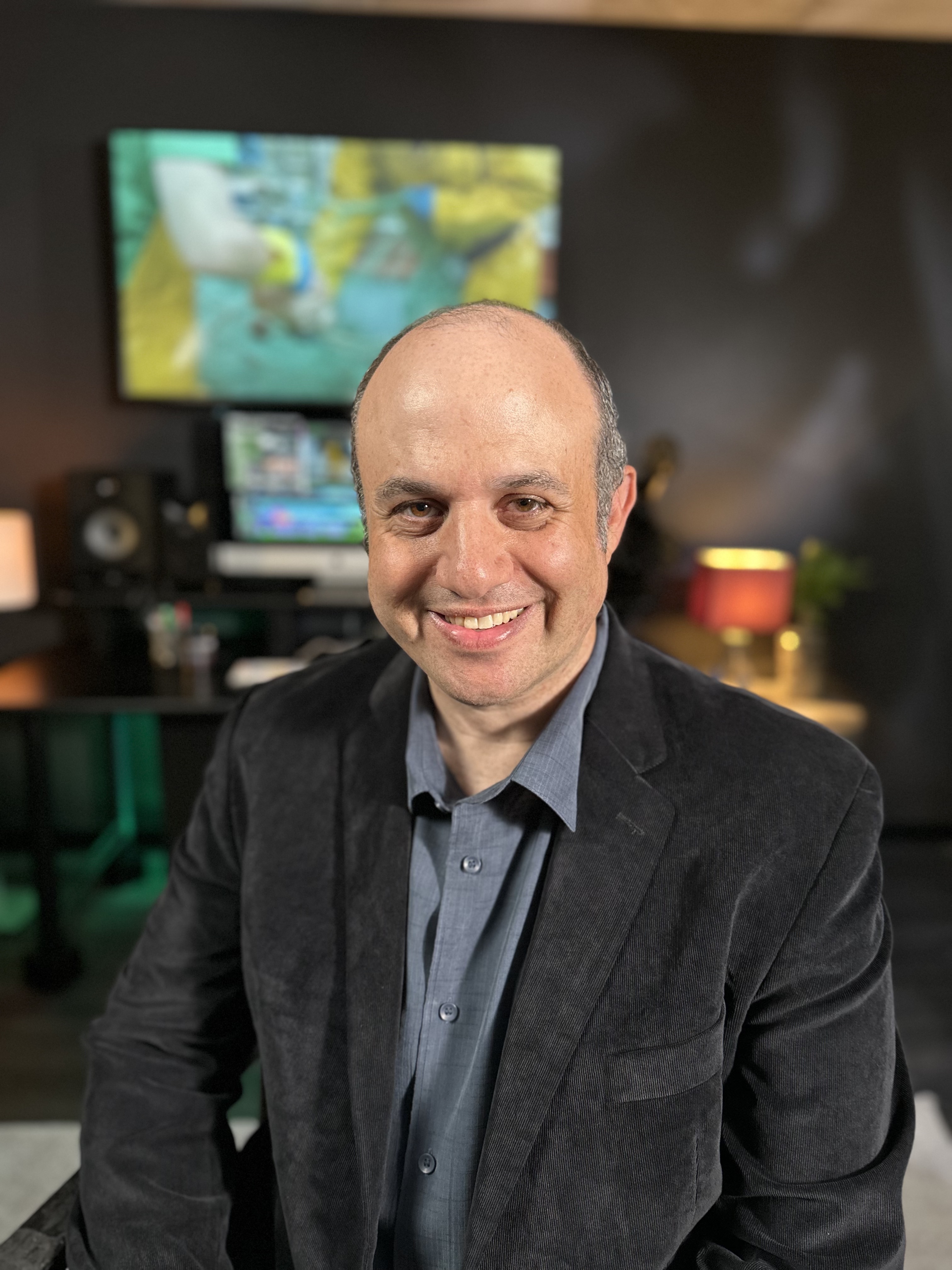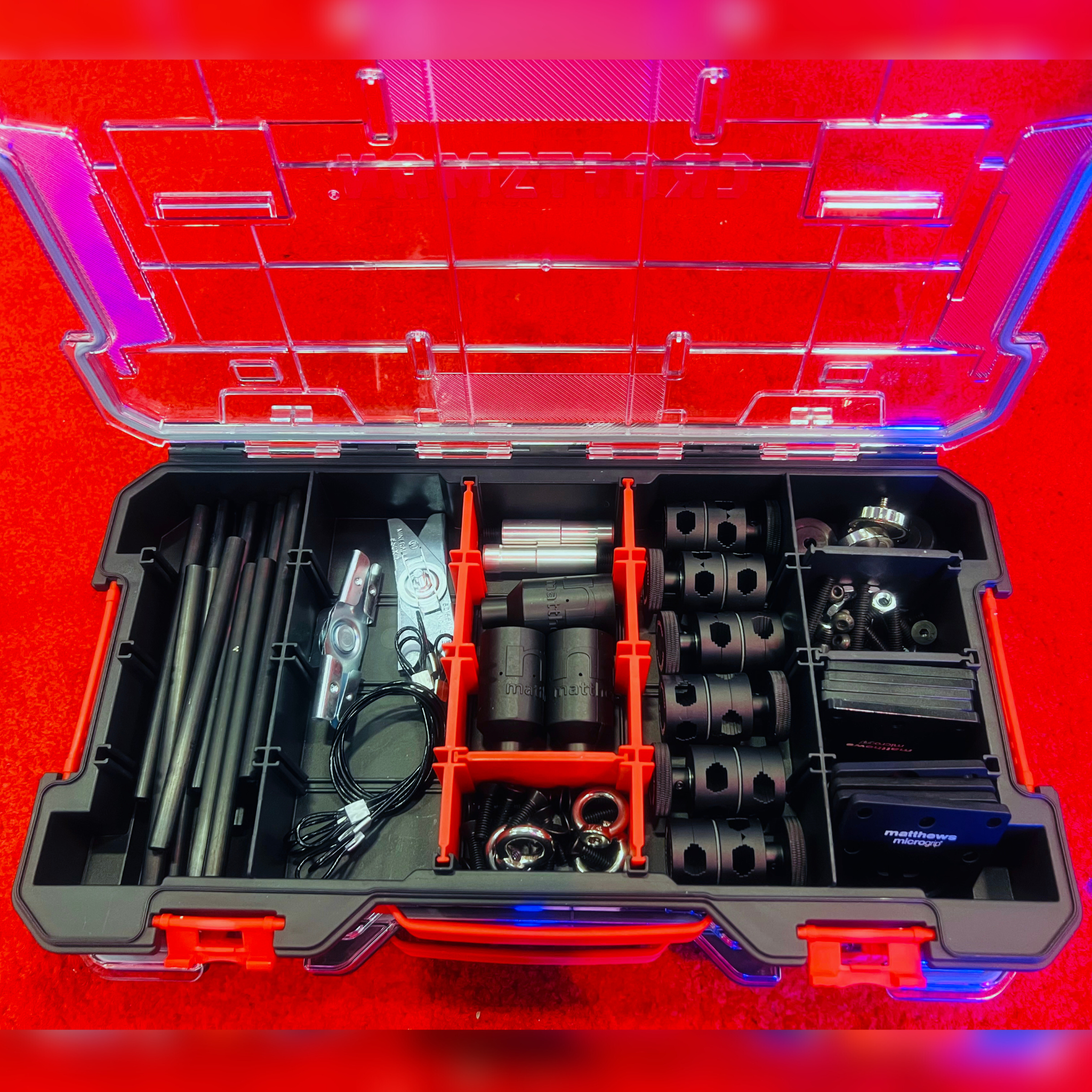Turning an Ocean of `Deadliest Catch’ Footage Into a High-Sea Adventure With Avid
Up to 47,000 hours of footage is captured for each season and all those rushes need to be condensed down into just over 20 hours of finished programming

LOS ANGELES—Editing a documentary requires editors who are organized and who have iron-clad patience to search through and review hours upon hours of footage.
But for a show like “Deadliest Catch,” on which I’ve been a picture editor for the last 14 seasons, these talents are stretched to the limit. Up to 47,000 hours of footage is captured for each season of the show and all those rushes—which include footage from shoulder-mounted cameras shot by camera operators/producers who are on deck with the crab fishermen, as well as multiple fly-on-the-wall mounted cameras from each boat—need to be condensed down into just over 20 hours of finished programming.
“Deadliest Catch” is the Discovery Channel’s high-octane series that documents fishing vessels in the Bering Sea during Alaskan king crab and snow crab fishing season, which is considered one of the most dangerous jobs in the world. The show has been a fan favorite throughout each of its 300+ episodes in 19 seasons, the latest of which I was honored to be nominated for an Emmy Award.
Rushes Come in 'Waves'
In my work on this show, I work exclusively with Avid Media Composer editing software to turn the hours of footage that make “Deadliest Catch” the suspense-filled show that it is. I work with approximately 10 other editors and together we’re responsible for crafting the daring stories of life on the fishing boats.
For “Deadliest Catch,” footage comes in waves (pun intended) because the boats are on remote parts of the Bering Sea for weeks or months at a time. That means we’ll be editing earlier episodes of a season while the season is still being documented and footage is still being shipped back as we only get the rushes once the camera operator/producers come ashore.
The unpredictable nature of the job and the delay in receiving rushes means changes need to be made to episodes already in the edit—the death of Captain Phil Harris late in season six for example. An unexpected event that happened in the middle of a stint at sea, we were told that we’d soon be receiving footage of his death. We went back to previous episodes to line up what was coming. It made us look at older rushes, considering using things that before his death seemed unimportant but afterwards felt significant.
Editing Flexibility
In any season we use a lot of different features that help us turn the huge amounts of footage into the episodes that you see on TV. While I edit, I’ll mark up clips in our edit bins with locators that do a few things; reminding us to request other angles of something that happened on board or flag something as a good shot that I might want to use later.
As a team of editors, we also narrow down bins to only show unreferenced clips to our advantage. Seeing only clips that haven’t already been used means we don’t accidentally double up on musical cues in any season.
I’ve had the pleasure of working on “Deadliest Catch” for so long and I love seeing how the stories have continued to engage audiences with each season; not only that but I’ve also been lucky enough to have already received an Emmy for my work on the show. But none of that would be possible without the incredible job that the whole production team does bringing us this mountain of footage from which to craft these stories.
For more information visit www.avid.com.
Get the TV Tech Newsletter
The professional video industry's #1 source for news, trends and product and tech information. Sign up below.
Alexander Rubinow ACE, is an Emmy Award-winning and ACE Eddie-nominated editor. He has been nominated for four Emmy Awards, winning one in 2015.

